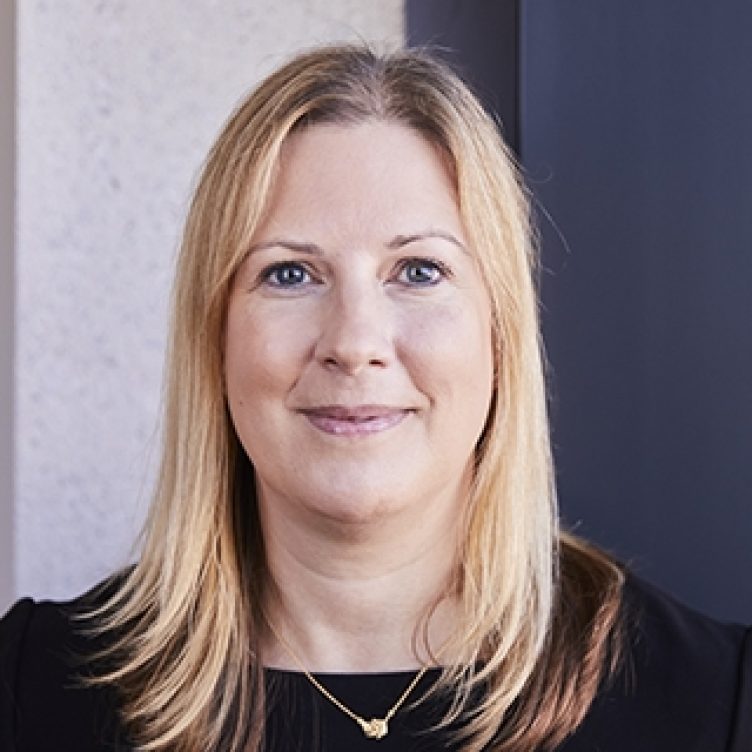Nichola Fosler and Richard Swan put concurrent evidence in the witness box, writing for PI Focus about hot-tubbing following further updates to the legislation.
Expert hot-tubbing is not, unfortunately, the (literal) pooling of experts in a Jacuzzi; although that would certainly make for a more memorable trial. Rather, it is the practice of hearing multiple experts at once, while the judge rather than counsel initiates and leads the questioning.
In August 2016, the Civil Justice Council (CJC) published the results of a hot-tubbing pilot scheme that had been running in the Mercantile Court. The judges were unanimous that hot-tubbing assisted the court (and 94% of practitioners agreed), and the sentiment was that the quality of the evidence was improved by the practice. The report also concluded that it provided greater focus on the issues in dispute, saving court time and helping judges to determine the issues.
Change to the rules
Last year, the Civil Procedure Rule Committee (CRPC) was considering whether to limit the concept of concurrent expert evidence to ‘classic’ hot tubbing (where experts are sworn, and give their evidence at the same time as one another), or to approve an alternative approach embracing the full range of methods including back-to-back, issue-by-issue, or hybrid procedures. In June 2017, they opted for the former.
Now, the 93rd update to the Civil Procedure Rules (which came into force on 22 November 2017) has introduced a change to the rules relating to concurrent evidence from experts. The amendment is to paragraph 11 of the Practice Direction to CPR Part 35, and it is not as radical as the Civil Justice Council may have hoped. However, the rules do give the trial judge an element of flexibility about the way that expert evidence is heard at trial.
The amended Practice Direction to CPR Part 35 now provides that to the extent that expert evidence is not to be given concurrently, the court may direct that the evidence is given ‘in any appropriate manner’.
The amended Practice Direction goes on to state that ‘this may include a direction for the experts from like disciplines to give their evidence and be cross examined on an issue by issue basis so that each party calls its expert or experts to give evidence in relation to a particular issue followed by the other parties calling their expert or experts to give evidence in relation to that issue.’
Previously, the rules allowed the judge to direct the parties to agree an agenda for the taking of concurrent evidence, and the rules now allow for the court to set the agenda.
The amendments to the Practice Direction provide for the following:
- A hot-tubbing order can be made at any stage of the court proceedings.
- A hot-tubbing order can be made for some or all of the expert evidence.
- The court may set an agenda for hearing the expert evidence, and this may be an order for experts to give evidence and be cross examined on an issue by issue basis. This would mean that each party calls its expert or experts to give evidence in relation to a particular issue, followed by the other parties calling their expert or experts to give evidence in relation to that same issue.
- The court is to set an agenda for the taking of expert evidence concurrently or on an issue by issue basis. Alternatively, it may direct the parties to agree an agenda, subject to the approval of the court. The agenda will of course be based on the areas of disagreement identified following experts’ joint statements.
In practice, the experts will take the oath or affirm before giving evidence.
After this has been carried out, the judge will initiate the discussion by asking the experts in turn for their views on the issues identified in the agenda.
When questioning one expert, the judge may invite the other expert to comment or ask that expert’s own questions of the first expert.
The parties’ representatives will then be permitted to ask questions of the experts, and this questioning should be directed towards testing the correctness of the expert’s view, seeking clarification of an expert’s view or eliciting evidence on an issue.
Following this process, the judge will summarise the experts’ different positions on the issue and ask them to confirm or correct that summary.
Analysis
Questioning experts in this way has its pros and cons.
Hot-tubbing means that experts can discuss each other’s opinions in ‘real time’ as opposed to sequentially, leading to a more rigorous and detailed exploration of the issues. It also increases the chance for an expert to air their honest opinions and feelings on a particular subject in a less hostile environment.
The process, too, tends to temper more extreme views.
On the other hand, from a practical perspective, this means that your expert may be more likely to concede a point important to your case.
You can also end up in a situation where one expert, purely by dint of their personality rather than the validity of their opinions, dominates the discussion.
Hot-tubbing can further lead to digression, and to points being overlooked or forgotten about.
There is an argument to say that hot-tubbing saves time and costs as well, but this is only really trial time and cost, since experts will still have to be instructed in the usual manner to provide their written reports and joint statements.
What next for hot tubbing?
Obiter comments in a selection of cases from the past year or so suggest judicial satisfaction with the practice. In Unwired Planet International Ltd v Huawei Technologies Co. Ltd [2017] EWHC 2988 (Pat), Mr Justice Birss said:
‘During the trial I decided that it would be useful if the [expert] evidence… started with a short period of concurrent evidence (CPR 35PD section 11).
‘This was in order to address certain general questions which I would otherwise have asked the experts during their oral evidence.
‘They were not points addressed to either witness in particular and it seemed to me that the fairest way of dealing with it was to ask them both, hence a concurrent evidence session… It helped me clarify my understanding of some of the economic issues and I am grateful to both experts.’
In Socrates Training Limited v The Law Society of England and Wales [2017] CAT 10, the judge said of the experts: ‘Their oral evidence was heard concurrently, in a so- called “hot tub”, and their constructive and very sensible approach in response to the Tribunal’s questions made this a valuable and efficient exercise.’
In British Telecommunications Plc v Office of Communications v Sky UK Limited [2016] CAT 25, the tribunal judges said: ‘We found the concurrent expert session very useful… The Tribunal’s ability to lead the examination… enabled it to evaluate the issues effectively in a single morning instead of the one or two full days that might otherwise have been required.’
However, an unscientific survey of colleagues and counsel within the injuries sector reveals a dearth in the number of instances where judges have ordered expert evidence be given concurrently.
Of those cases that do feature the practice, growing pains are evident. This includes anything from stilted discussion and uncertainty over who should be leading the questions, to lengthy discussions which are difficult to note, and difficulties in cross examination.
Despite the above, what is clear is that hot-tubbing may become a more routine feature of injuries litigation in the future. This means that expert selection will continue to be a crucial aspect of any litigation.
Practitioners should be mindful of the benefits and shortfalls of such an approach.
This article first appeared in the March edition of PI Focus.
You can find further information regarding our expertise, experience and team on our Personal Injury pages.
If you require assistance from our team, please contact us or alternatively request a call back from one of our lawyers by submitting this form.
Media contact: Lydia Buckingham, Senior Marketing Executive, +44 (0) 20 7822 8134, lbuckingham@stewartslaw.com.




